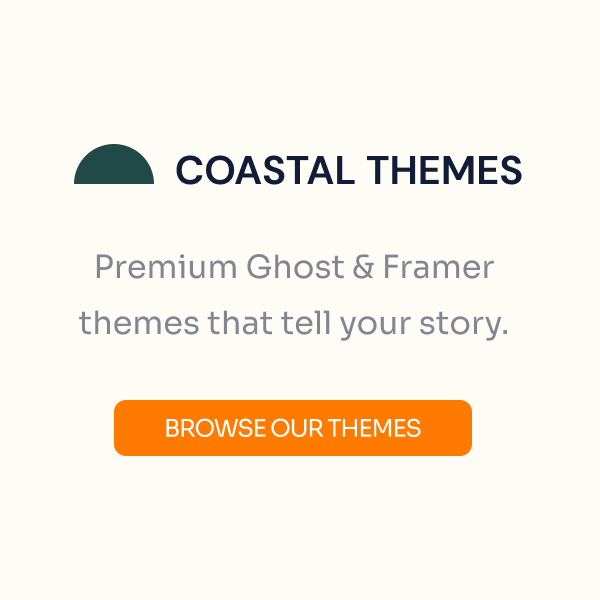The Solution
This is working as designed. The typography manager affects the following:
General:
Changes all “general” text in the theme, such as the tagline, widget text, post meta and post text. Note that some of these elements can be overridden by other typography settings.
Navigation:
Affects your main menu only
Post Meta:
Affects the date, author and category shown below the post titles.
Post titles:
Affects post titles only. Will not affect pages/portfolio
Post Copy:
Changes the content text in posts and pages specifically.
Widget titles:
Affects widgets in the sidebar only
To change fonts individually, the font must be active in the Typography manager, or you can download and use the Wp-Google Fonts plugin. The following classes can be used with this plugin or in the theme’s Custom CSS to affect specific elements:
“Fancy” titles on Content Widget:
.content-widget h4.post-title{ }
“Fancy” titles on the blog:
.blog-main-post-container h2.post-title{ }
“Fancy” titles on single posts:
.single h2.post-title{}
Portfolio Page title
.portfolio-title-block h2.post-title{}
Post titles on Portfolio page
.portfolio-list h4.post-title{}
Single Portfolio post titles
.single-portfolio h2.post-title{}
Pages
.title-block h2.post-title{}
Widgets in Sidebar
.widget-list h4.widgettitle{}
Widgets in Footer
.footer-widgets h4.widgettitle{}
Example of how to set custom styles using Droid Sans (which is a sans-serif font):
.portfolio-list h4.post-title{
font-family: 'Droid-Sans', Arial, Helvetica, sans-serif !important;
font-size: 38px !important;
color: #f00 !important;
}
When changing the color of a linked title, you may need to isolate the link. Example:
.widget-list h4.widgettitle a{color: #f00 !important}
Why so many?
Personal uses various classes and headings for SEO optimization, and for better semantics in the markup.





